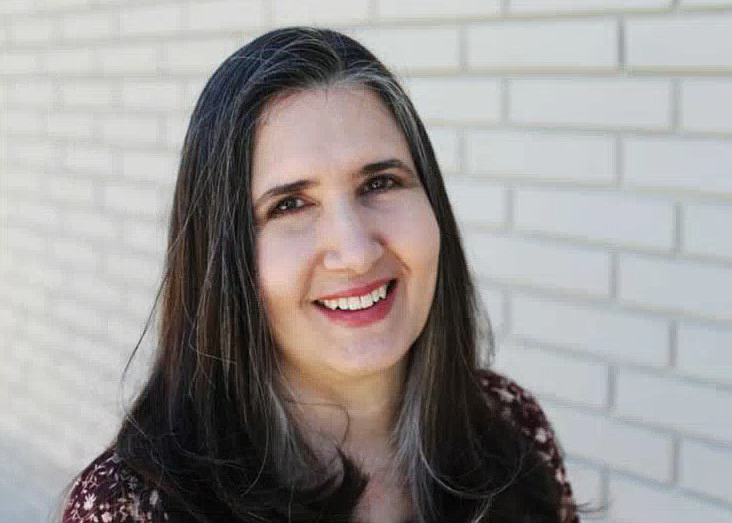Are we eating plastic?
A bag sits in our laundry room filled with empty plastic. I’ve been trying to choose more products sold sustainably, but it’s hard to avoid plastic anymore because it’s everywhere.
Including our bodies.
Yes, we are ingesting plastic. That’s partly because there’s now so much in landfills, soils and water bodies that nanoplastics have been detected by researchers in the fish, grazing animals and plants we eat. Studies have also found microplastics in cosmetics and toiletries; beer and wines (with polyethylene stoppers); rice, table salts and honey. It’s also been found in pregnant women.
Research on the effects of plastic on human health is in its infancy, but it doesn’t take a medical degree to realize that’s potentially harmful to health.
If you’re a recycler, that’s especially dismaying. Yes, recycling is important, and would have a greater impact if more people did it. But there are two more hurdles consumers and manufacturers are largely ignoring: Far more plastic is being produced than recycled, most of it produced since 2000. And only about 5% of it is getting recycled.
Let’s start with the last comprehensive study, conducted by Greenpeace and widely reported in newspapers and congressional hearings. Of more than 50 million tons of plastic waste in the U.S. in 2021, only around 2 million was recycled.
What’s worse is that things are moving in the wrong direction. In 2014 9.5% was recycled. Part of that is relative; much more plastic is being produced by the plastics industry (500% more than in 1980), which initially promoted and encouraged recycling because it encourages plastic consumption. The net effect has been that consumers feel less guilty about using it.
So we keep consuming more, and they keep making more and here we are.
Single-use plastics represent just under half of all plastic waste (think take-out containers, fast food and packaging) and are enjoying a heyday. More are being manufactured than ever before; according to a 2022 article in Smithsonian Magazine, the plastics industry plans to triple production by 2050. And even among the small percentage being faithfully hauled to recycling centers by conscientious consumers, only 10-20% of that actually gets recycled.
Now let’s look at why.
Recycling plants are expensive to build and run, and use up a lot of water — something the world is growing short of. We were shipping it overseas, but other countries have their own water and waste problems and are accepting less. U.S. plastic waste exports, which are included in recycling rates, decreased from 1.84 million tons in 2017 to 0.61 million tons in 2021. The U.S. doesn’t have enough capacity to recycle most of its own plastic.
Those little arrow-triangles we find on plastic containers may look encouraging, but they don’t mean what we think they do. Only some of them are practicably recyclable. The symbol simply indicates which of seven categories of plastic it is.
Which numbers are or aren’t recyclable varies by recycling plant and particular container, but in general “1” and “2” are typically the most recyclable (most drink and shampoo containers, some cleaners and foods). Plastics 3-7 (building and medical materials, Styrofoam, thicker plastics, bags) might be recycled by some recycling plants, but are generally tougher to handle. So part of the expense and challenge of recycling is having to sort through them, and a lot gets rejected and ends up in a landfill or added to the millions of tons in the ocean.
Other than getting more informed about the limits of your local recycling company, what can the average consumer do? In this market-based democratic society, the two most impactful changes are simple: Consistently choose non-plastic packaged products, and write and support congressional representatives willing to act on it.
At first, a shrinking budget had me balking at the price tag of “sustainable” laundry and dishwasher detergent, but now I prefer both. One package of laundry sheets costs more than a plastic jug (which is mostly water anyway), but I need to buy fewer. I only use three packages a year and it’s better with stains. Plus the laundry room recycling bag is a tad lighter.
I’ve discovered that’s true in a lot of cases with sustainable swaps; the cost difference is negligible on balance. I wash and reuse the cup at the convenience store. Our long-haired daughter prefers shampoo bars to bottles. Try to find products in paper or plant-based packaging (I even found wood-handled toothbrushes and plant-based pet poop bags that are actually stronger). Take your own to-go containers to restaurants and reusable bags for shopping; easy to keep a store of clean ones in the car.
Change starts here. Plastic avoidance isn’t just environmentally-friendly. It’s people-friendly.
• • •
Sholeh Patrick is a columnist for the Hagadone News Network frustrated with throw-away society. Email sholeh@cdapress.com.

